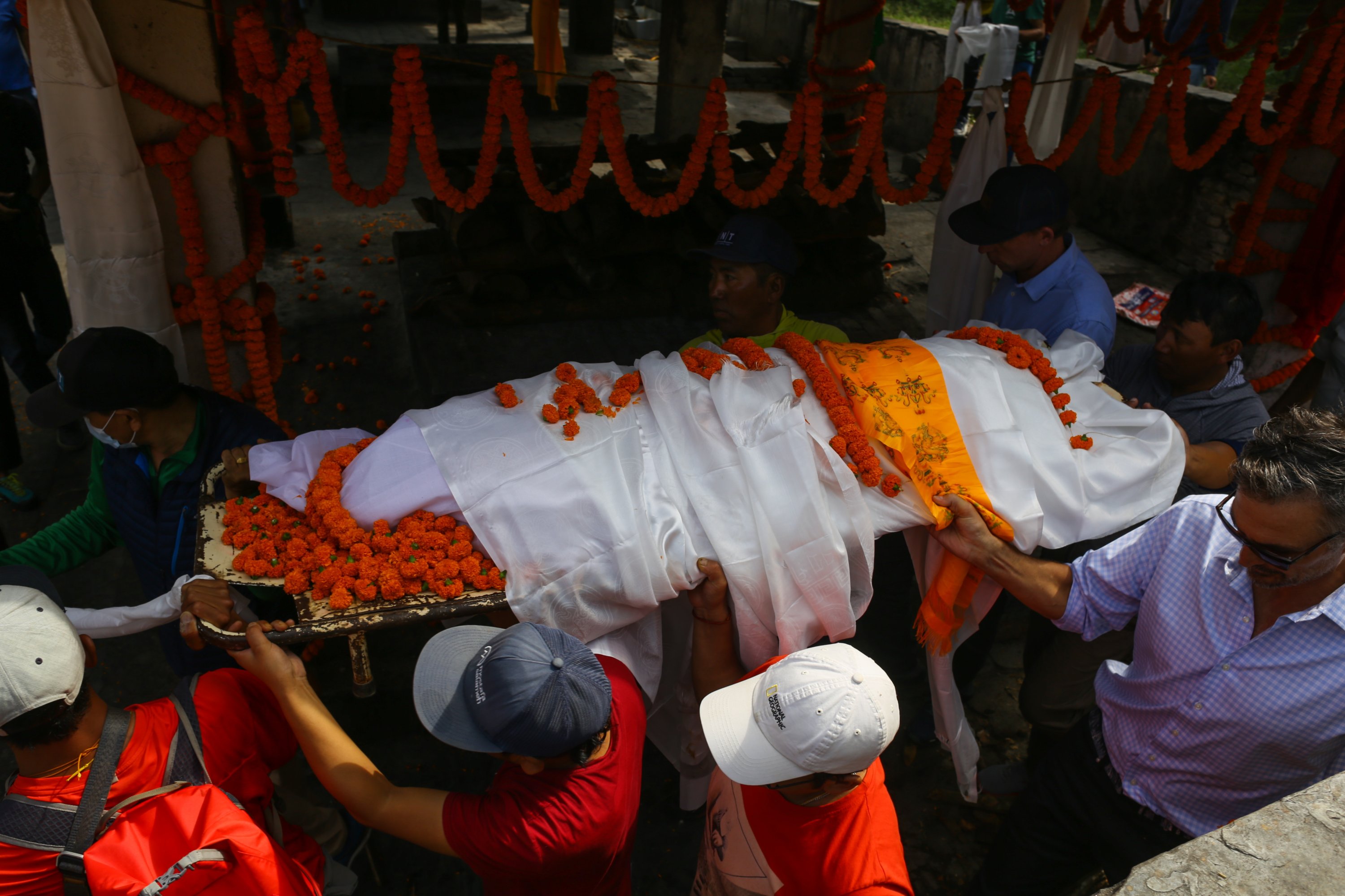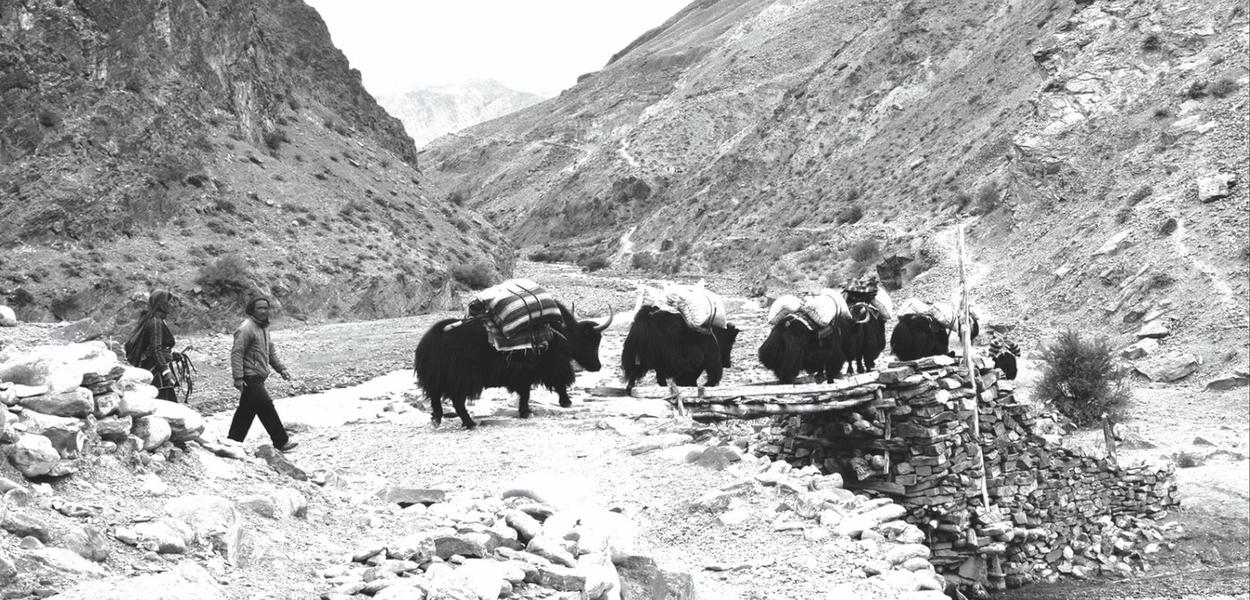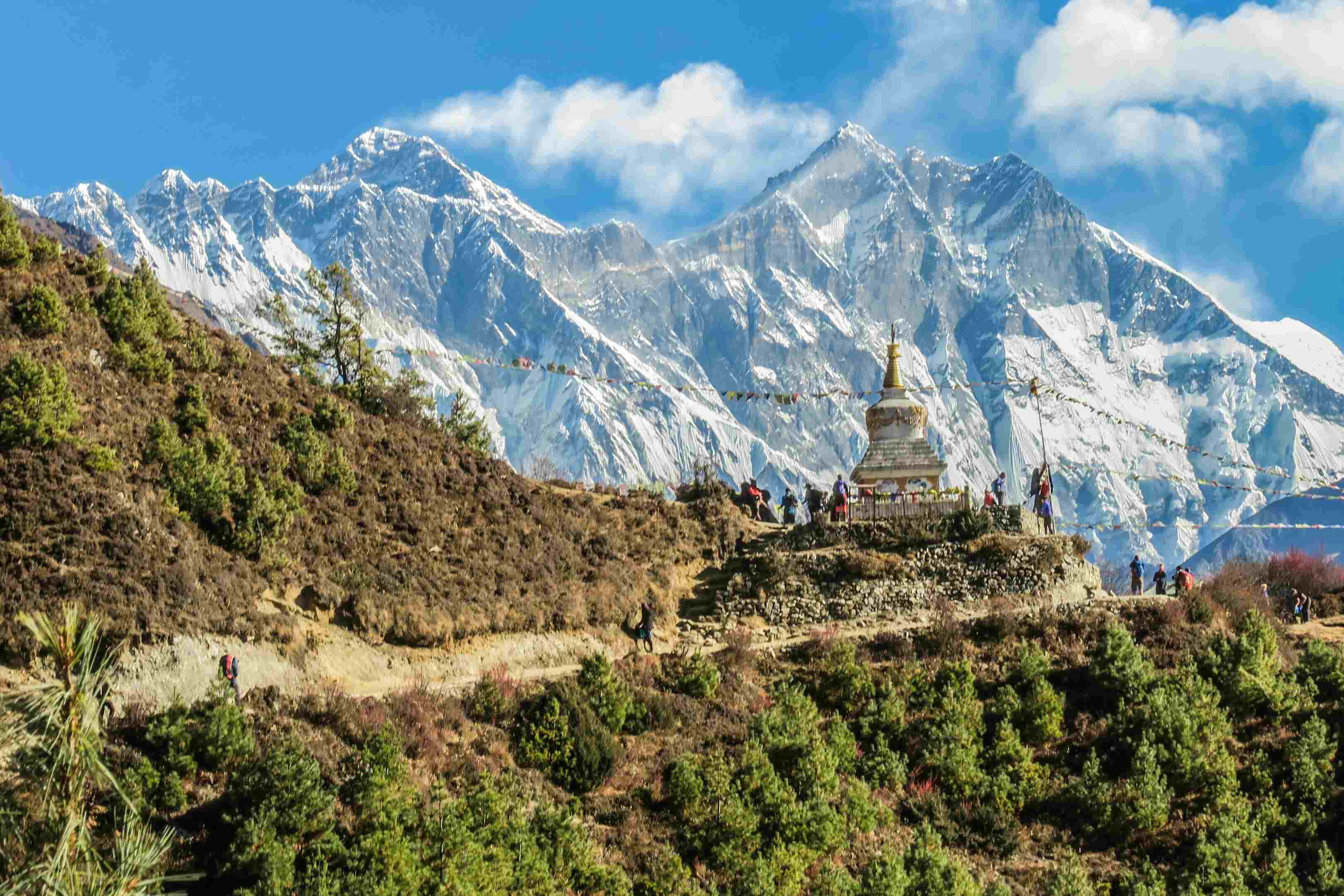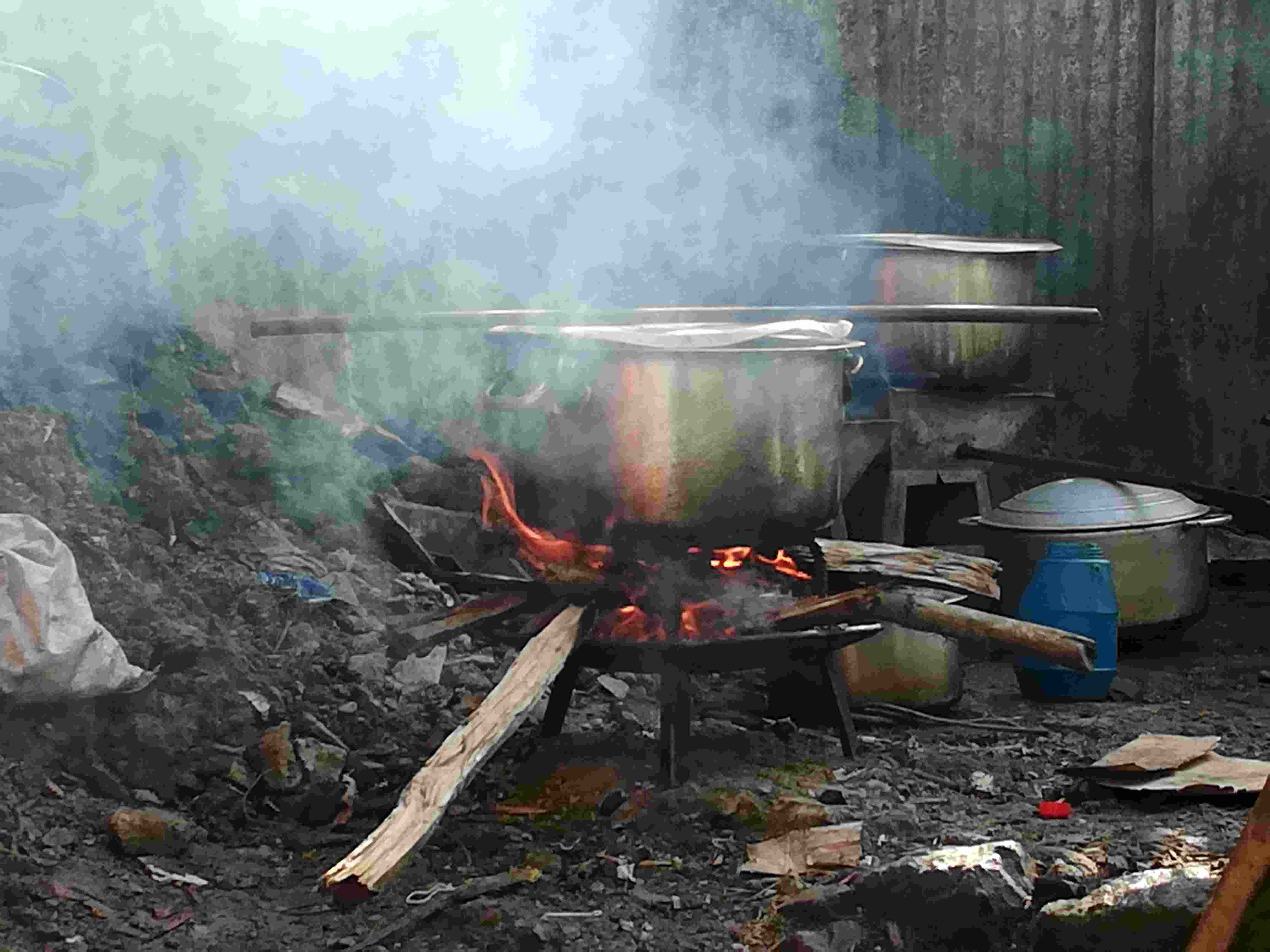Share this Article
Nepal’s rural life, steeped in centuries-old traditions, offers a unique glimpse into the everyday lives of its people. While the pace of life in the cities has accelerated, the villages continue to maintain a slower rhythm, deeply intertwined with nature, family, and community. The activities in a traditional Nepali village are rooted in cultural practices, agricultural cycles, and religious observances. From the early morning till the evening, the daily routine is structured around these enduring traditions.
Here is a glimpse into a day in the life of a traditional Nepali village:
1. Early Morning: Waking with the Sun
The day begins early in the village, often before sunrise. The first sound heard is usually the crowing of a rooster or the distant call of birds. Villagers typically rise at 4:30 AM to 5:00 AM, as the early hours are considered auspicious for both work and spiritual practices.
1.1 Morning Prayers and Rituals
The first task of the day for many Nepali villagers, particularly in Hindu or Buddhist households, is praying to the deities. This practice involves lighting incense, offering flowers, and reciting prayers or mantras at home shrines. The prayers are meant to seek the blessings of the gods and goddesses for health, prosperity, and protection.
For Hindus, it’s common to perform puja (a ritual offering) to Lord Shiva, Goddess Durga, or other local deities, and some families may also observe Mangal Aarti or other early morning prayers. In Buddhist households, the morning is often dedicated to invoking blessings from Buddha and local deities through offerings of butter lamps and prayers.
1.2 Milking Cows and Animal Care
In rural Nepali villages, animal husbandry is a vital part of daily life. After prayers, the first task is often to tend to the livestock. Women and children usually take turns milking cows, buffaloes, and goats. The milk is used for the family’s consumption or may be sold at the local market. The animals are also fed and taken to grazing grounds, often by younger members of the family.
2. Morning Chores: A Busy Start
As the sun rises higher, the activities in the village intensify. The morning hours are typically busy as people get ready for the day ahead.
2.1 Household Tasks
The women of the household are often responsible for the maintenance of the home. This includes sweeping the floors with a broom made from twigs, cleaning the courtyard, and washing dishes. The traditional Nepali home often has a stone or mud kitchen, and food preparation begins early. Many women grind spices or prepare ingredients by hand, using stone grinders (mortar and pestle) or stone mills (Janto).
2.2 Cooking Breakfast
A traditional Nepali breakfast usually consists of dal bhat (lentil soup and rice) or roti (flatbread) with vegetables and pickles. The women may also prepare yogurt (dahi) or buttermilk (lassi), which is an important part of the diet. In the more mountainous regions, tsampa (roasted barley flour) or maize might also be consumed.
3. Mid-Morning: Agricultural Work
For most families in the village, the agricultural field is the main source of livelihood. The majority of rural Nepalese depend on farming for their survival, growing crops like rice, maize, millet, wheat, and various vegetables.
3.1 Tending the Fields
After breakfast, men, women, and children head to the fields to tend to their crops. Plowing, sowing, and harvesting are the primary tasks during different seasons. In some regions, water buffaloes or oxen are used to plow fields, while women and children often help with planting and harvesting crops.
Farming in rural Nepal is closely tied to the seasons. During planting and harvesting periods, the workload intensifies, with long hours spent in the fields. Villagers also work on terraced fields (in hilly areas), where crops are grown on steep hillsides.
3.2 Livestock Grazing and Care
At the same time, younger family members are often responsible for herding livestock to the pasture for grazing. This is an important activity, as animals like goats, sheep, and cattle contribute to both the household economy and nutrition.
4. Afternoon: Community and Market Activities
The afternoon is a time for villagers to connect with each other and often marks the peak of community activities.
4.1 Sharing Meals and Stories
At lunchtime, the family gathers together to eat a hearty meal of dal bhat, soup, vegetables, and often some pickles or chutneys. This is an important time for family bonding, and stories about the day’s events, local gossip, and anecdotes from the past are shared.
In rural villages, many people practice sharing food with neighbors and extended family members. It’s a deeply ingrained tradition of hospitality and generosity. In some places, villagers take turns bringing food to one another’s homes, creating a close-knit, supportive community network.
4.2 Visiting the Local Market
On certain days, villagers visit the local bazaar (market) to buy and sell goods. These markets are often lively places, where traders from different villages come together to exchange products such as grains, vegetables, spices, livestock, and handcrafted goods. The marketplace is also a place to socialize and reconnect with distant relatives or neighbors.
For farmers, it’s often the only opportunity to exchange surplus produce and obtain essential items that aren’t grown locally, such as cloth, tools, and salt.
5. Evening: Family Time and Rituals
As the sun begins to set, the village settles into a more peaceful rhythm. The day winds down with various evening rituals and preparations for the night.
5.1 Evening Prayers and Offerings
The evening is another important time for spiritual observance in many Nepali households. Evening pujas (rituals) are often conducted, where family members gather around the household shrine to offer prayers, light oil lamps, and offer prayers for the deceased.
For Buddhists, butter lamps are lit in front of Buddha statues, and for Hindus, ghee lamps are placed at home altars as a symbol of dispelling darkness and bringing light to the home.
5.2 Feeding the Family and Resting
Once dinner is served, typically consisting of dal bhat or roti with vegetables, the family spends the evening eating, chatting, and reflecting on the day. After the meal, the family might gather around the hearth or in the common space to talk or listen to stories.
As night falls, the villagers retire early to rest for the next day’s work. The absence of modern conveniences such as electricity in some rural villages ensures that people align their daily lives closely with the natural rhythm of the day and night.
6. Conclusion
A day in the life of a traditional Nepali village is deeply rooted in the cycles of nature, agriculture, and spirituality. Despite the influence of modernization, these rural communities continue to follow ancient traditions that revolve around family, communal support, farming, and reverence for nature. The simplicity and rhythm of these daily activities highlight the enduring connection between Nepali villagers and their land, as well as the strength of their cultural practices. Each day in the village is a reaffirmation of a lifestyle that emphasizes respect for the earth, the community, and the family.
Categories:
Lifestyle & Local Life
Tags:
Local Life







